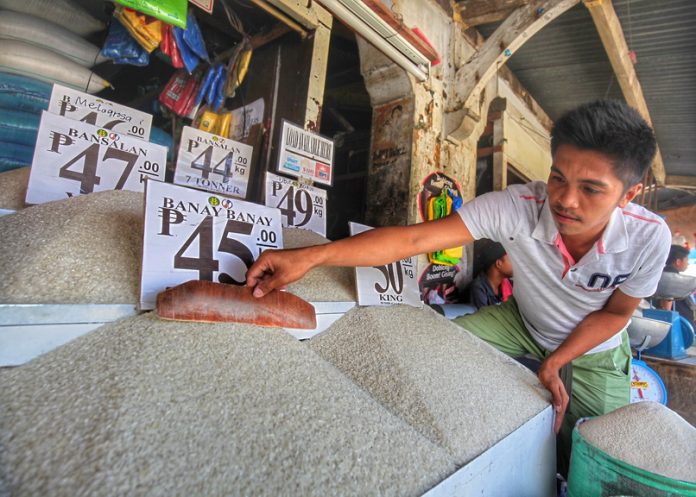
Inter-agency National Food Authority Council has approved the importation by the NFA via government to private (G2P) scheme to augment the agency’s depleting buffer stock for the coming lean months of July to September.
The Council, however, is still waiting for the National Food Security Committee’s recommendation as to the volume of rice importation that will be activated from its remaining 250,000 metric tons stand by authority.
The NFSC is scheduled to meet on Thursday (May 18, 2017).
The NFA was also ordered by the Council to shift from government to government (G2G) importation to government to private importation (G2P), the latter being far more transparent and competitive.
“We have to make drastic changes in order to ensure a corrupt free and competitive bidding process at the NFA. Hence instead of doing a G2G, the Council will push for a G2P to increase accountability and transparency. While the G2G is exempt from the Government Procurement Reform Act, G2P is not,” said NFAC Chairman Leoncio B. Evasco.
Evasco explained that the G2P allows private suppliers from participating countries to take part in the bidding and is covered by the Government Procurement Reform Act.
“As opposed to G2G, where bidders are limited to government counterparts and exempt from the said law,” said Evasco.
The Legislative-Executive Development Advisory Council (LEDAC) requires the NFA to maintain a rice buffer stock to last for 15 days at any given time and for 30 days at the onset of the lean season.
At present, the country’s daily consumption rate requirement stands at 32,720 metric tons or 654,600 bags.
The lean months is a period of low or zero harvest, thus buffer stock requirement is doubled to ensure that the government has enough for any contingency such as typhoons and other calamities in the country.
NFA rice stocks are prepositioned from surplus to deficit and calamity prone areas within two months prior to the onset of the lean period.
Meanwhile, the NFAC also approved the importation of 805,000 metric tons under the Minimum Access Volume scheme this year.
MAV refers to the volume of commodities that is allowed to be imported by a member country, as a commitment to the World Trade Organization (WTO).
Relatedly, the NFA Council has directed the NFA Management to amend the MAV Guidelines to require participating traders to import 25 percent brokens rice from their 25-30 percent quota. Such move will insure adequacy of supply and stability of consumer prices at levels within the reach of low-income families.
“We are looking at requiring the private sector to use 25-30% of their import quota to buy 25% brokens. This way, we are assured that cheap rice will be made available in the local market. This policy shift is more consistent with the President’s pro poor policy” Evasco said.






